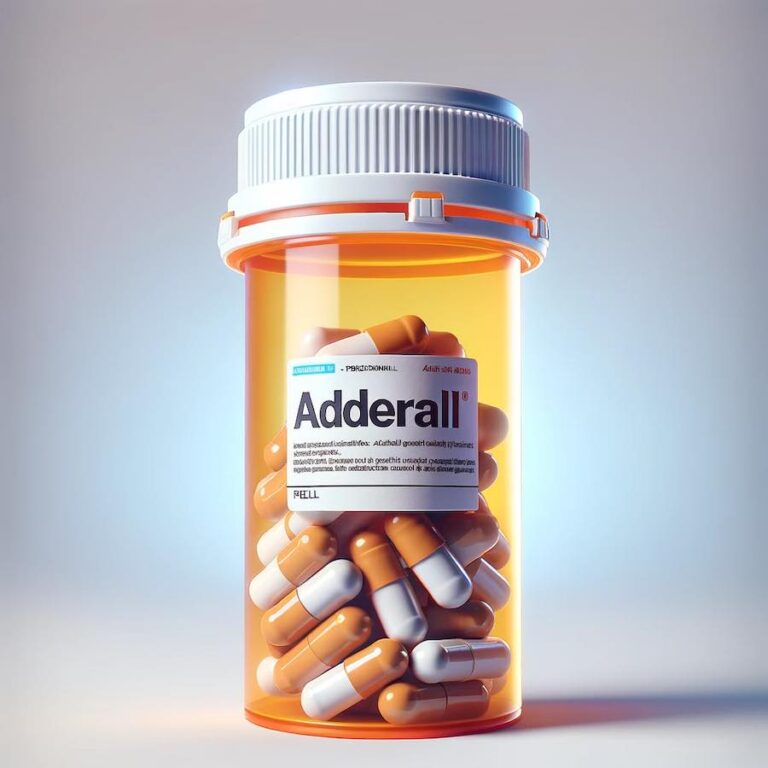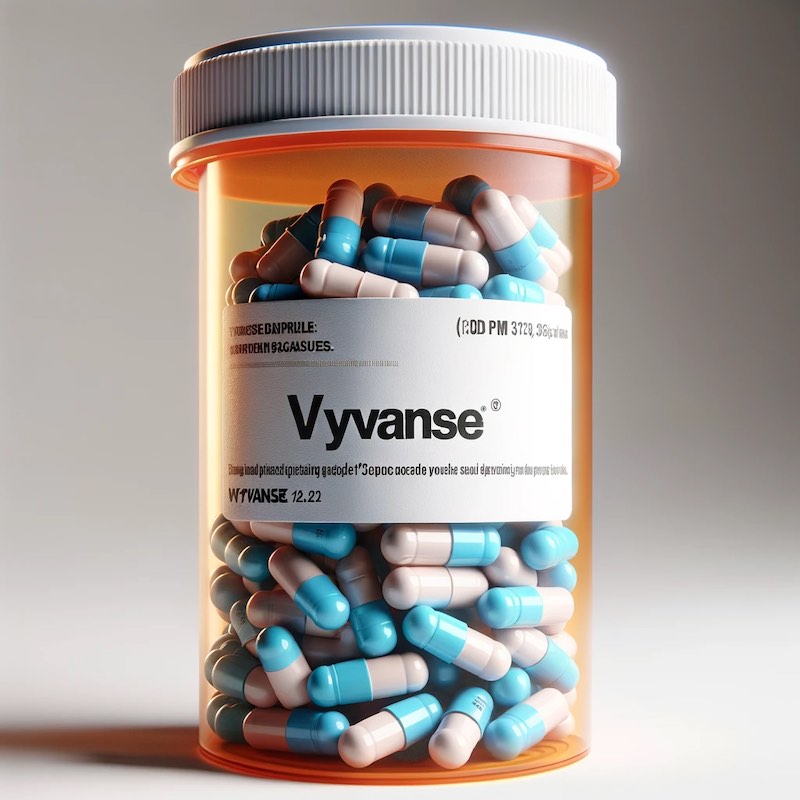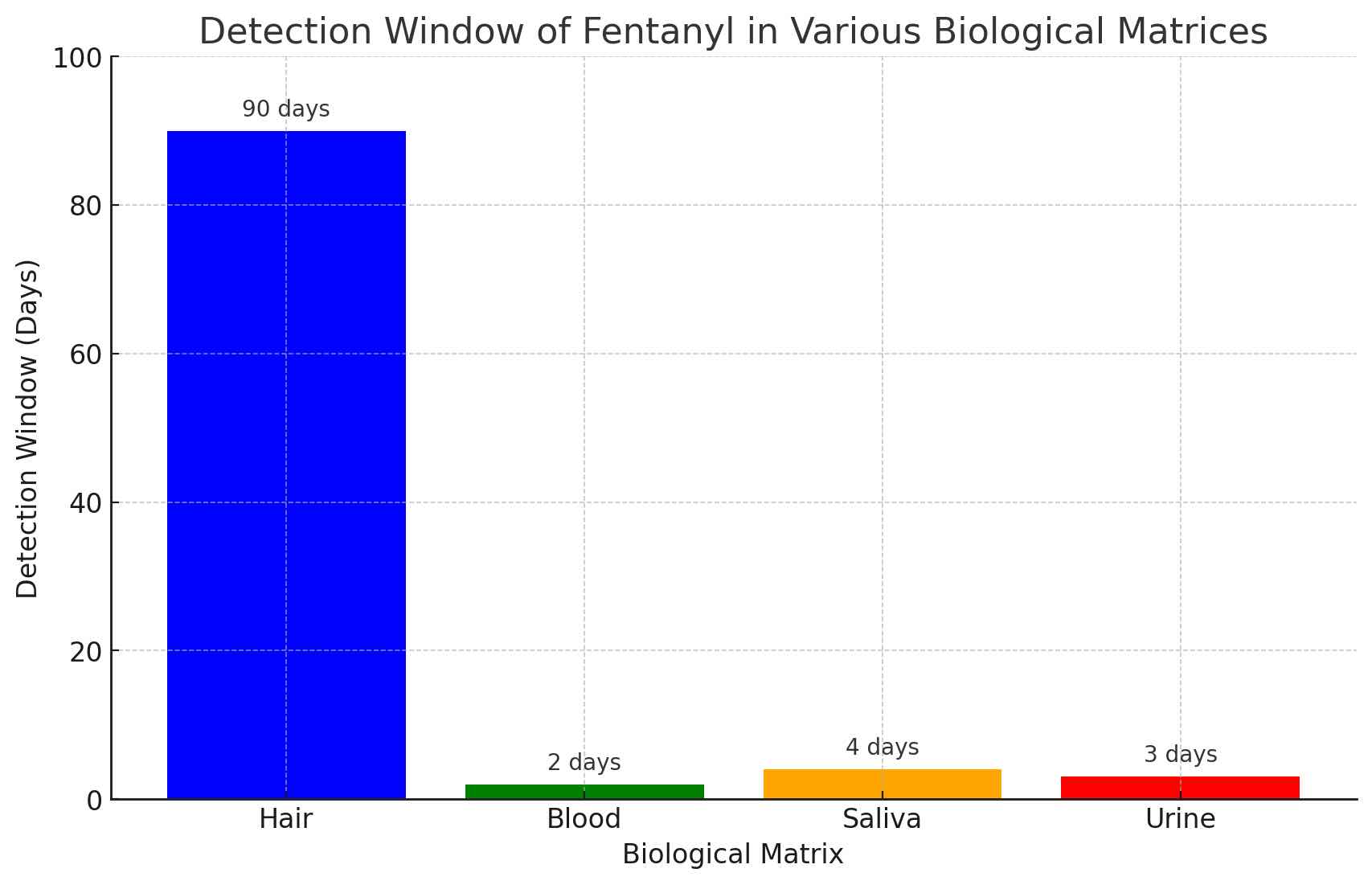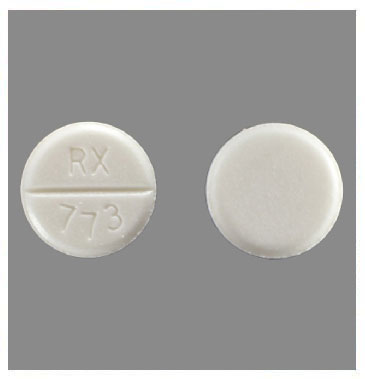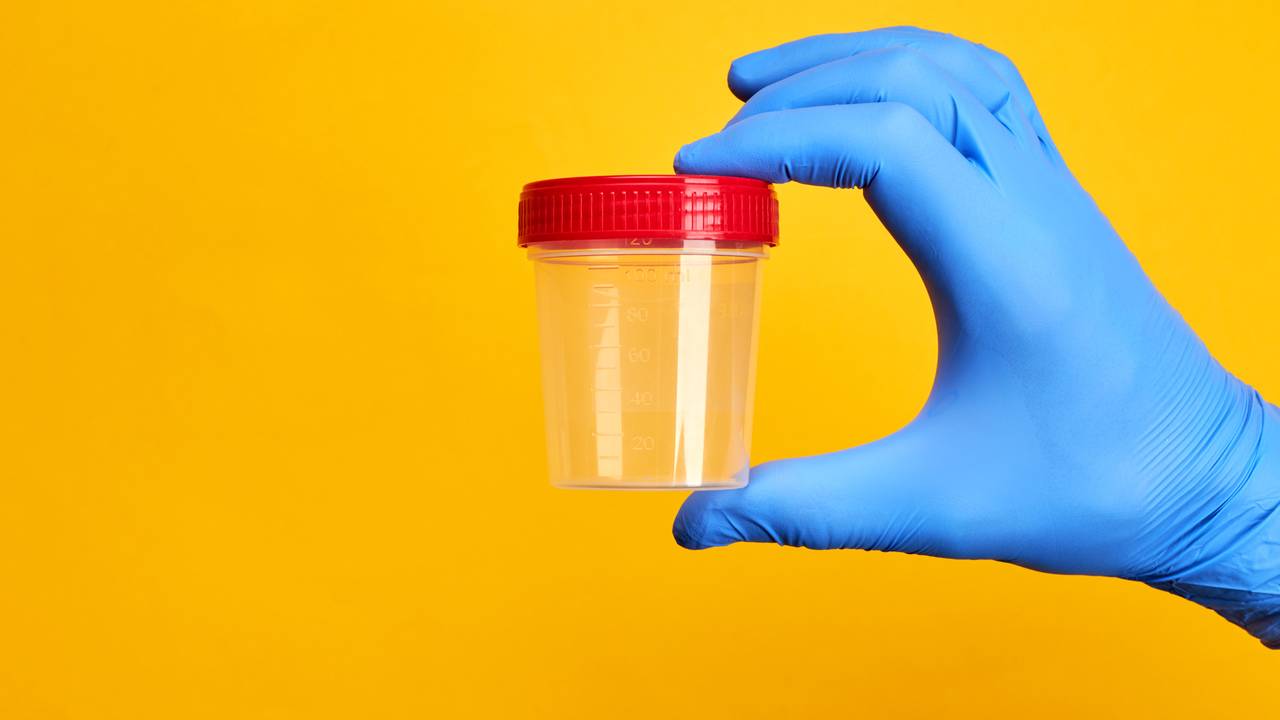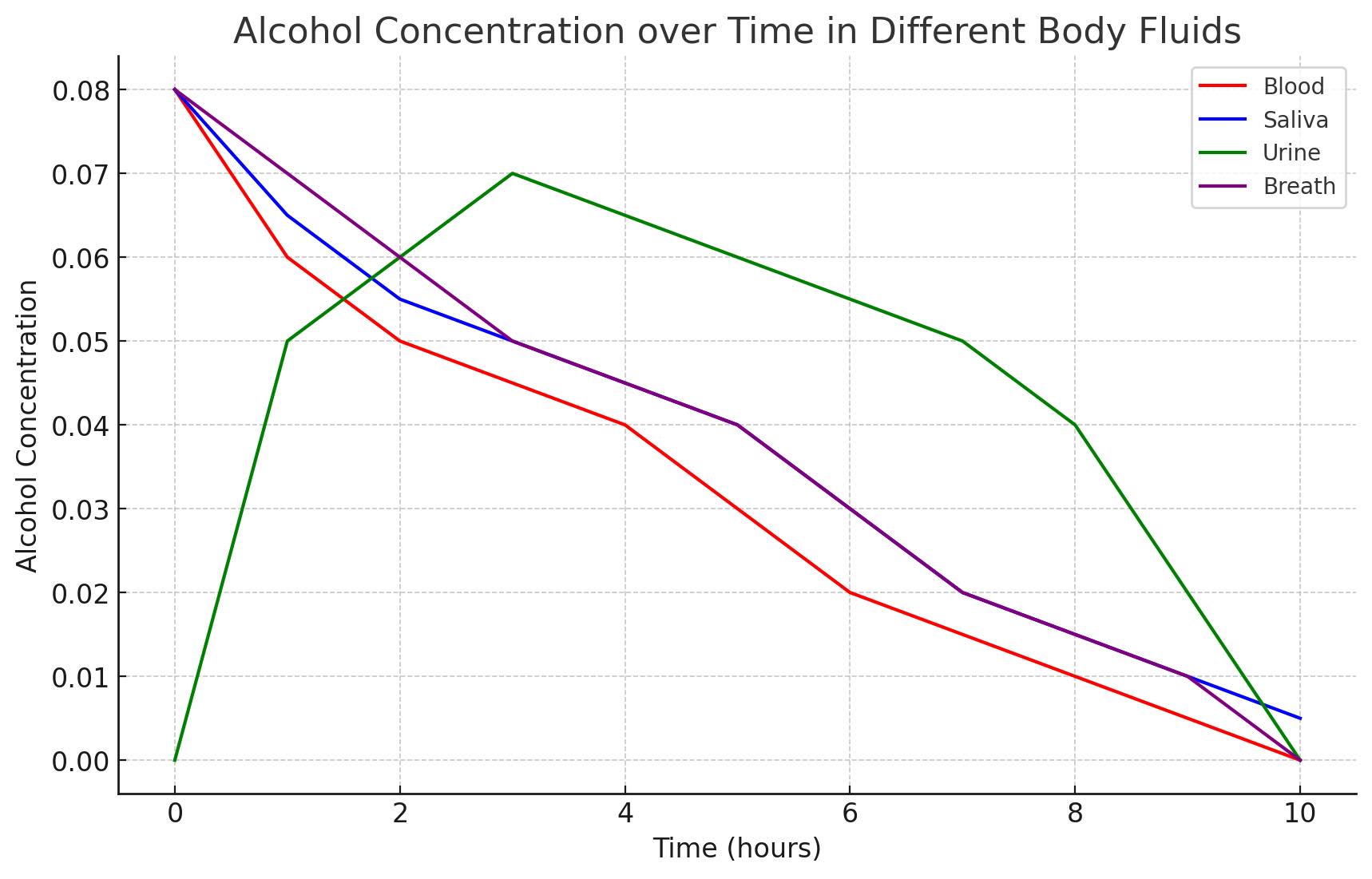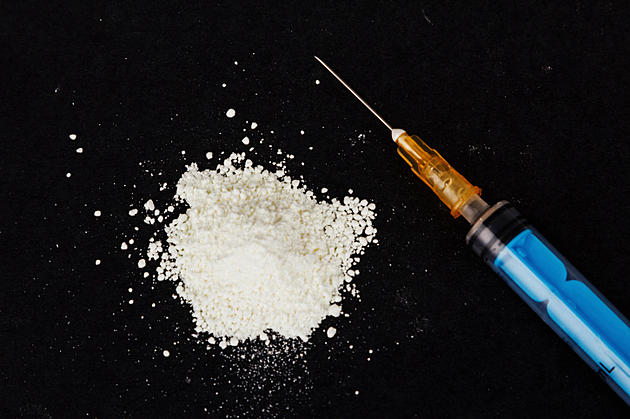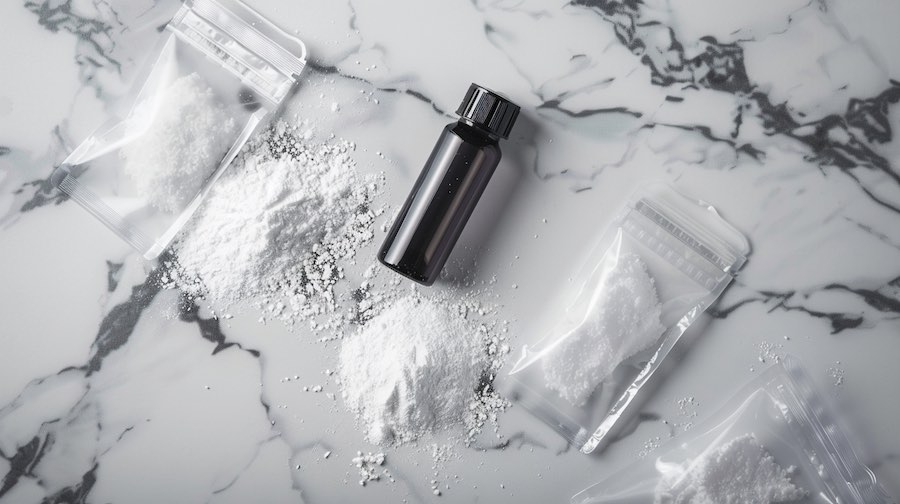How long does Klonopin stay in your system is a vital question for those prescribed this medication or undergoing drug tests. Klonopin, known generically as clonazepam, is a long-acting benzodiazepine frequently prescribed to manage anxiety, panic disorders, and specific seizure conditions. Understanding its duration in the body is critical for safe withdrawal, effective treatment planning, and accurate drug testing.
What Is Klonopin’s Half-Life?
The half-life of Klonopin, the time it takes for 50% of the drug to be metabolized and eliminated, ranges between 30 and 40 hours. This extended half-life means that the drug can remain in your system for approximately 6 to 9 days after the last dose. According to the National Library of Medicine, individual factors such as metabolic rate, liver function, and dosage can influence how long Klonopin stays detectable in the body.
How Long Does Klonopin Stay in Your Urine?
Urine tests are the most commonly used method to detect Klonopin. The drug is typically traceable in urine for up to 30 days following the last dose, depending on the frequency and amount of use. Research published in the Journal of Analytical Toxicology highlights that chronic use of benzodiazepines like Klonopin may result in extended detection windows.
How Long Does Klonopin Stay in Your Blood?
Blood tests provide a shorter detection window for Klonopin. The drug is usually detectable in the bloodstream for 2 to 3 days after ingestion. This method is often utilized in medical emergencies or legal cases to identify recent drug use. According to data from the National Institutes of Health, clonazepam is metabolized in the liver, with variations in liver function affecting the duration it remains in the blood.
How Long Does Klonopin Stay in Your Saliva?
Saliva tests can detect Klonopin for approximately 5 to 6 days after the last dose. These non-invasive tests are increasingly popular in workplace drug screening and forensic investigations. A study published in Forensic Science International shows that saliva tests can provide accurate results, but individual differences in saliva composition may impact detection times.
How Long Does Klonopin Stay in Your Hair?
Hair follicle tests offer the longest detection window, as Klonopin can be identified in hair for up to 90 days. This method is often used to evaluate long-term or historical drug use. Findings from the Journal of Forensic Sciences emphasize the reliability of hair analysis, especially in cases of chronic benzodiazepine use.
Factors Influencing How Long Klonopin Stays in Your System
Several factors can influence how long Klonopin remains detectable:
- Dosage and Frequency: Higher doses and chronic use prolong detection times.
- Metabolic Rate: Individuals with faster metabolism eliminate the drug more quickly (Clinical Pharmacokinetics).
- Age and Liver Function: Older individuals or those with impaired liver function may metabolize Klonopin more slowly.
- Body Composition: Higher body fat percentages can extend detection times, as benzodiazepines tend to accumulate in fat tissues.
Safe Monitoring of Klonopin Use
Maintaining awareness of Klonopin’s effects and elimination timeline is essential for safe usage. Regular consultations with a doctor are crucial for monitoring therapeutic outcomes and adjusting dosages. Research published in the American Journal of Psychiatry underscores the importance of gradual tapering to reduce the risk of withdrawal symptoms and dependency when discontinuing Klonopin.
Everyday habits can also influence how your body processes the medication. Staying hydrated, maintaining a balanced diet, and exercising regularly can support efficient metabolism. Conversely, combining Klonopin with alcohol or other depressants can lead to severe complications, including increased sedation and respiratory depression. Avoiding these interactions is critical for safety.
Seeking Help for Klonopin Dependency
If you or a loved one is struggling with Klonopin dependency, professional support can make recovery achievable. Our Benzodiazepine Addiction Treatment Program in Boca Raton, Florida, offers comprehensive care, including medically supervised detox, medication management, and therapy to address underlying mental health concerns. Take the first step toward recovery and contact Still Detox for compassionate and effective support.
Sources
- National Library of Medicine: Clonazepam
- Journal of Analytical Toxicology: Benzodiazepine Detection in Urine
- National Institutes of Health: Pharmacokinetics of Clonazepam
- Forensic Science International: Detection of Benzodiazepines in Saliva
- Journal of Forensic Sciences: Hair Analysis for Drug Detection
- Clinical Pharmacokinetics: Factors Affecting Drug Elimination




